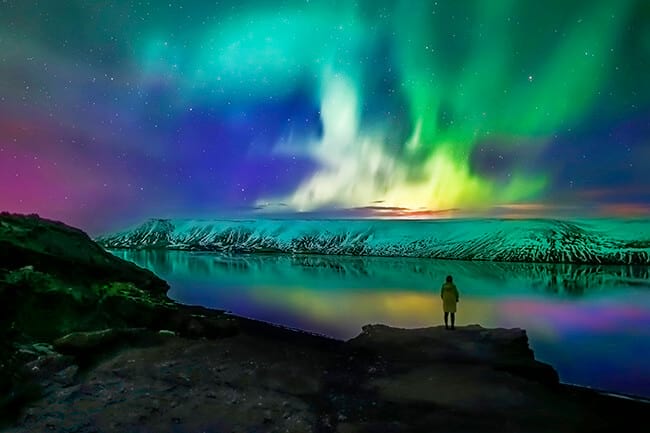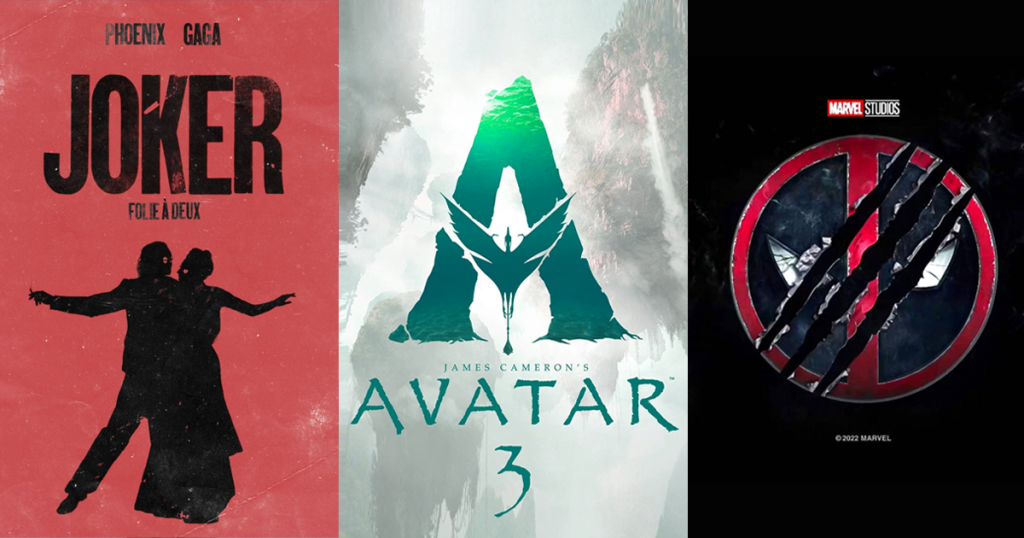These spectacular blue and green lights, dancing in the skies above the country of ice and fire, are at the top of many people’s bucket lists. Many people, however, have no idea what they actually are!
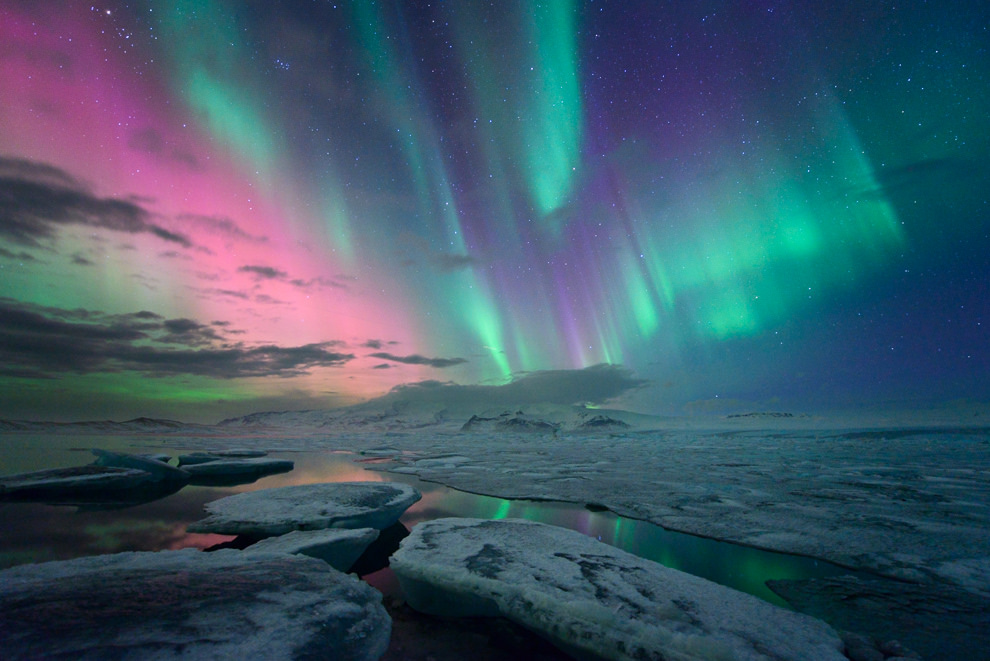
The northern lights, commonly known as the aurora borealis, are the visual effect of solar particles ionising high in the atmosphere after entering the Earth’s magnetic field. They get their hues from ionisation, which is commonly green but can also be purple, red, pink, orange, or blue.
However, solar activity isn’t always consistent. As a result, even on a dark, clear night in Iceland, the northern lights may not be visible. During the other hand, northern lights can appear in the atmosphere on a midsummer day, but they are obscured by the sun’s brightness.
Between September and April is the greatest time to see the northern lights in Iceland. While they are visible near the end of August, they are relatively dim due to the residual sunlight.
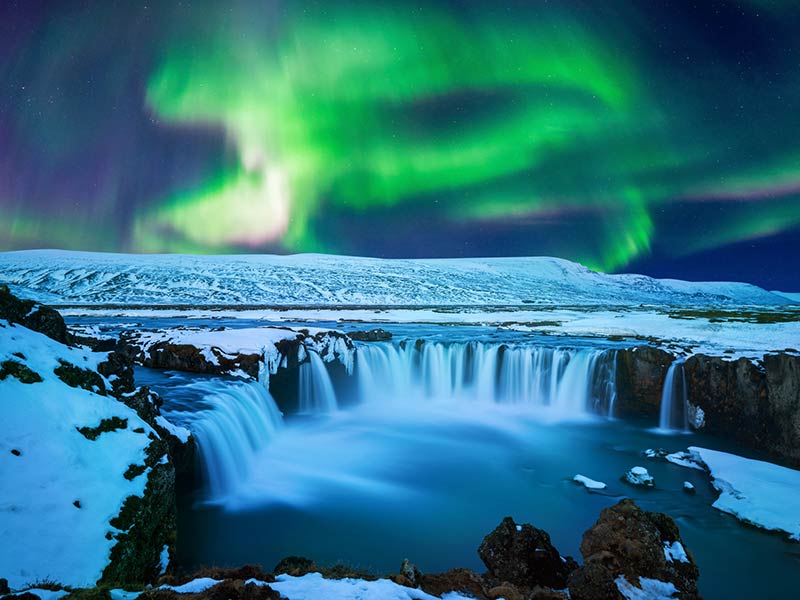
The optimum time to see the northern lights in Iceland is covered in detail in a separate piece. It covers details about Iceland’s northern lights season, as well as the optimum time of day to see the lights.
The basic rule is that the darker it is, the better the chance of witnessing the aurora’s bright hues. In the winter, Iceland is exceedingly gloomy, with up to twenty hours of darkness on and around the winter solstice, which occurs every year on December 21.
In Iceland, you should also check the aurora forecast. They’re rated on a scale of one to nine, with anything above three being desirable, as a two is rarely visible. It will also characterise cloud cover across the country so you can see where the sky will be the clearest.
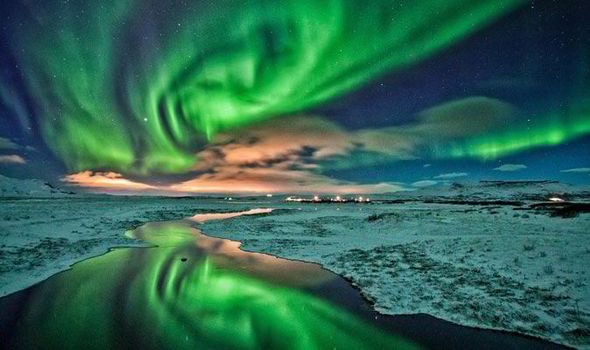
When it comes to organising a trip to Iceland, people frequently ask, “Where can I see the northern lights?” If the conditions are right, you may view the northern lights anywhere in Iceland, although some spots are easier and more spectacular than others.
If you want to see the auroras, you should think about where you’ll stay in Iceland. You’ll want to look for a location that has as little light pollution and cloud cover as feasible.
The aurora borealis can be seen in several of North Iceland’s beautiful natural areas. The most famous are Thingvellir National Park, Asbyrgi Canyon, and Kirkjufell Mountain.
The Westfjords and North Iceland have more hours of darkness and less cloud cover than other parts of the country, making them ideal places to see the aurora borealis.
The lone exception is Akureyri, which is Iceland’s second-largest city. Although the northern lights can be seen in Akureyri, the light pollution makes it difficult to observe them.
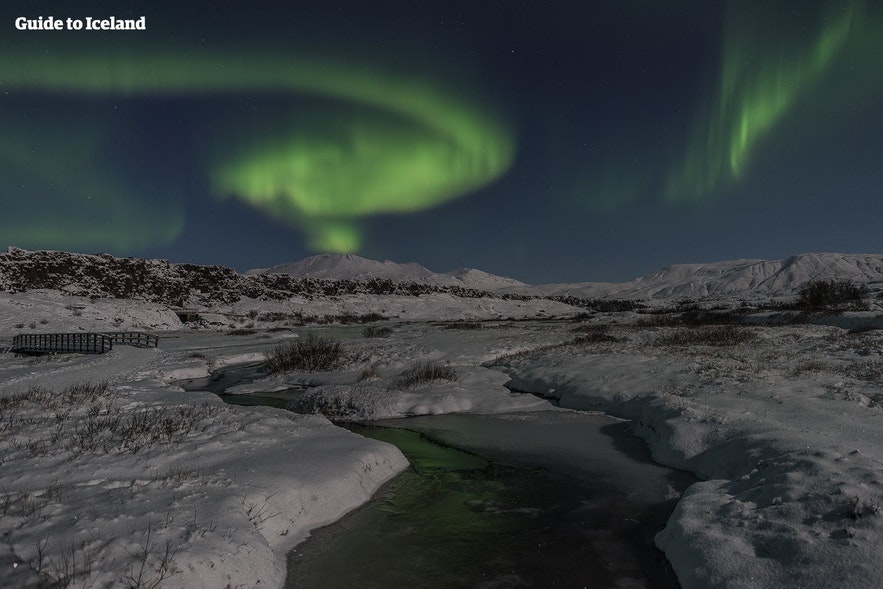
Iceland’s campgrounds are the greatest spots to watch the northern lights without paying extra. Due to the severe winter, camping in Iceland is only possible between April and September.
Because many campsites are located in rural areas, light pollution will be low. The northern lights can be seen between April and August. The rest of the camping season, on the other hand, is usually too bright for them to arrive.
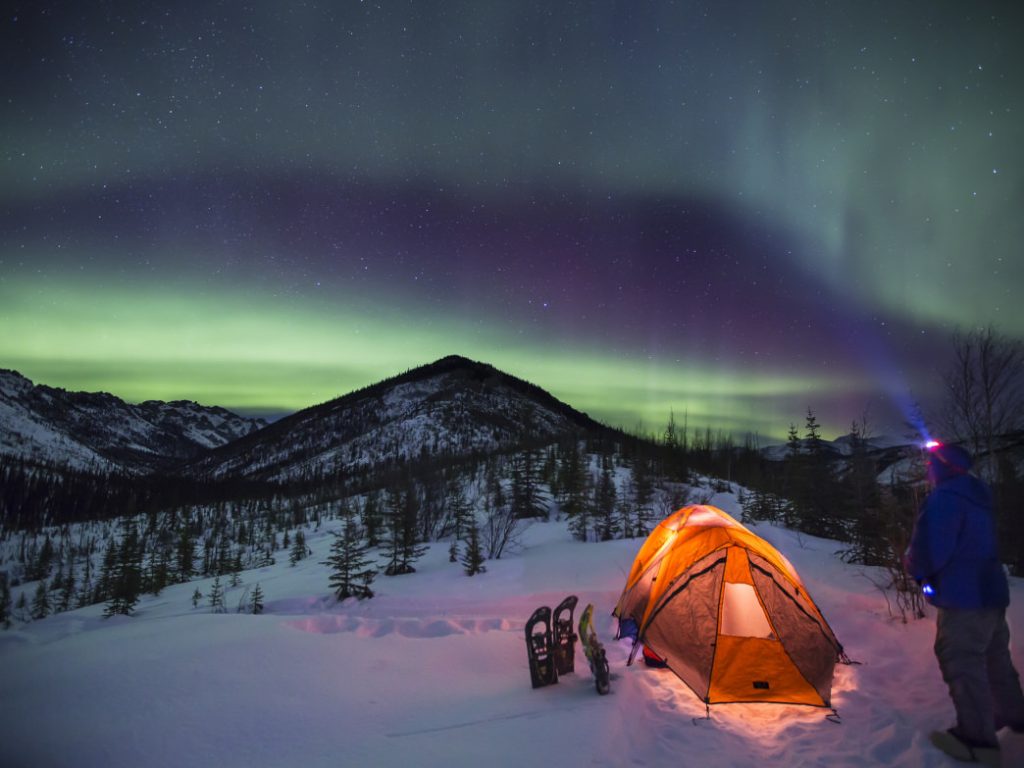
Of course, even if you look for them at every opportunity, there’s a risk you won’t see them. They might also be seen on the flight to Iceland or on the drive from Keflavik Airport.
When it comes to pursuing the aurora in Iceland, luck is always plays the main role but if you do hit the jackpot, it surely an experience you will never forget!
If you a looking for more unusual places to explore you will love this.
